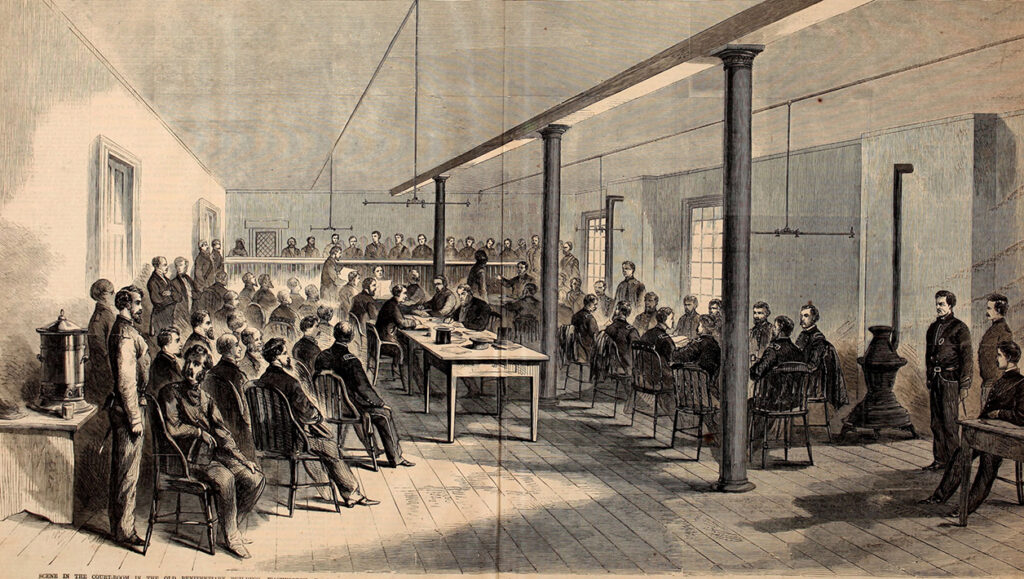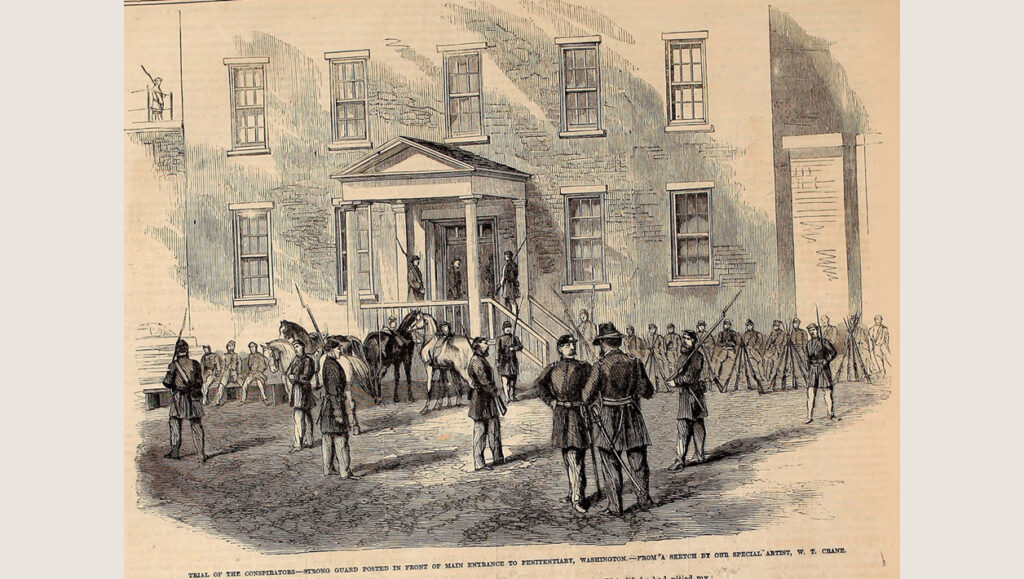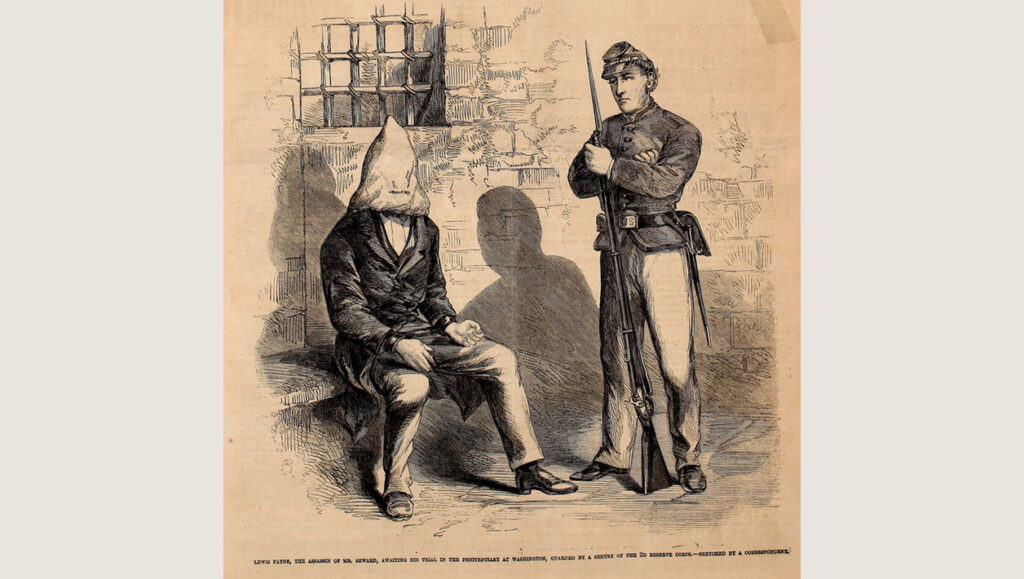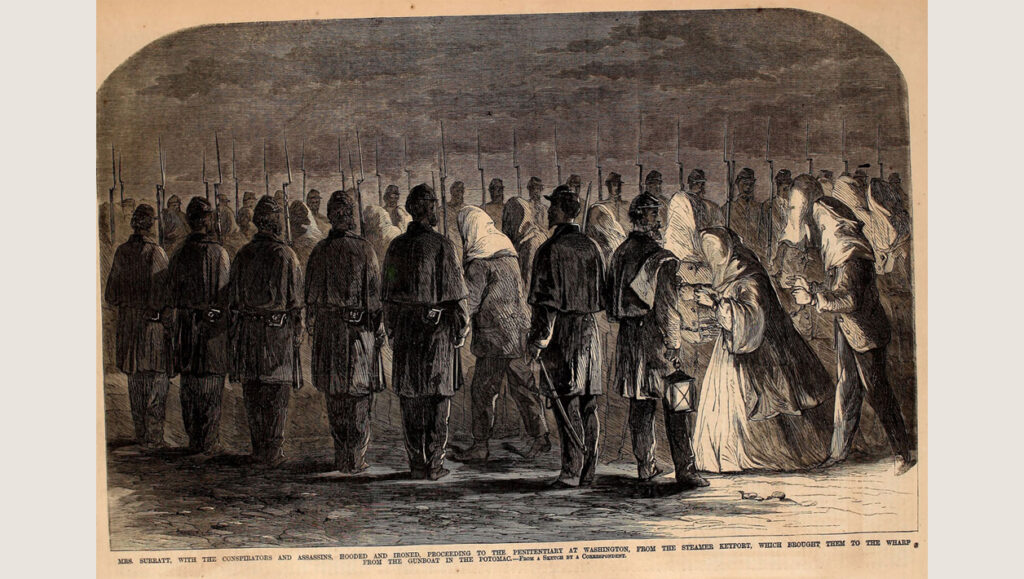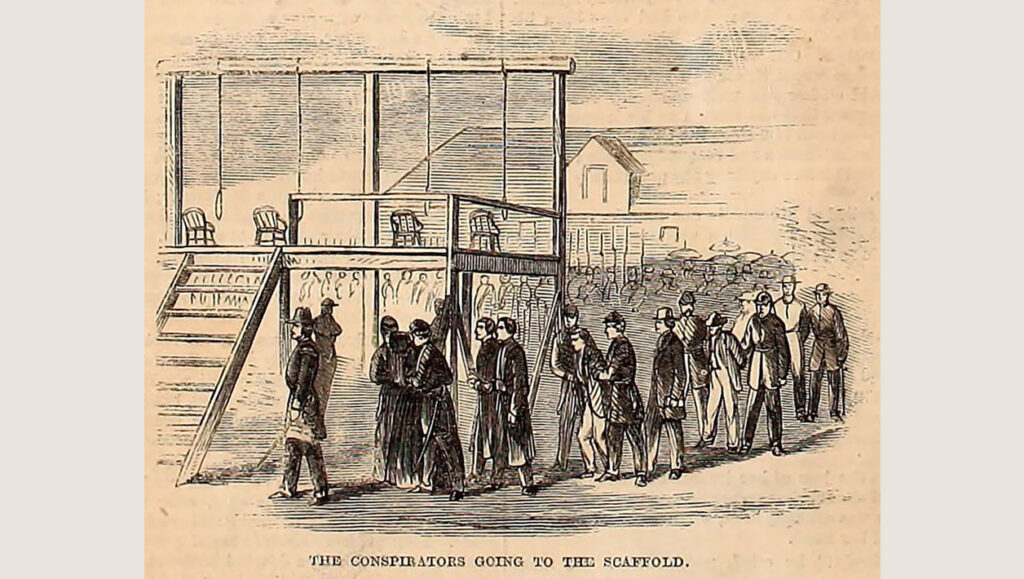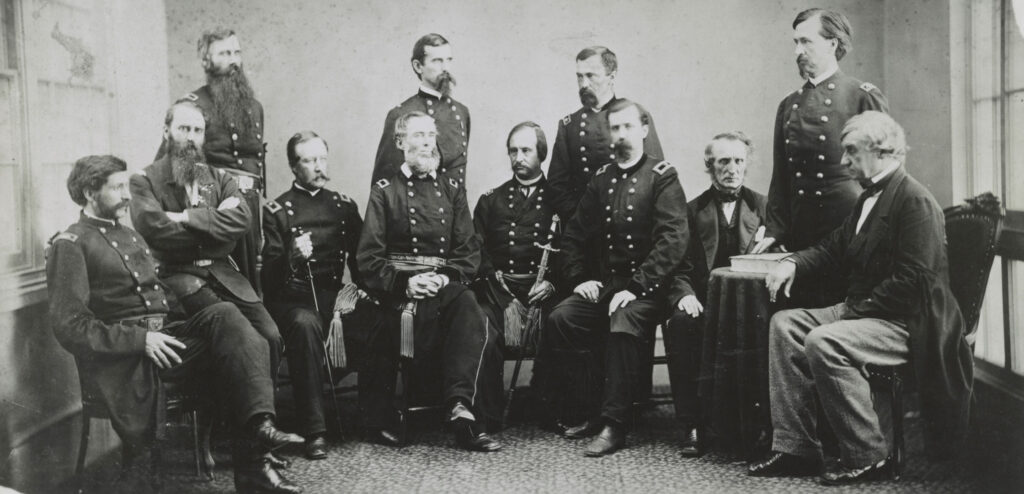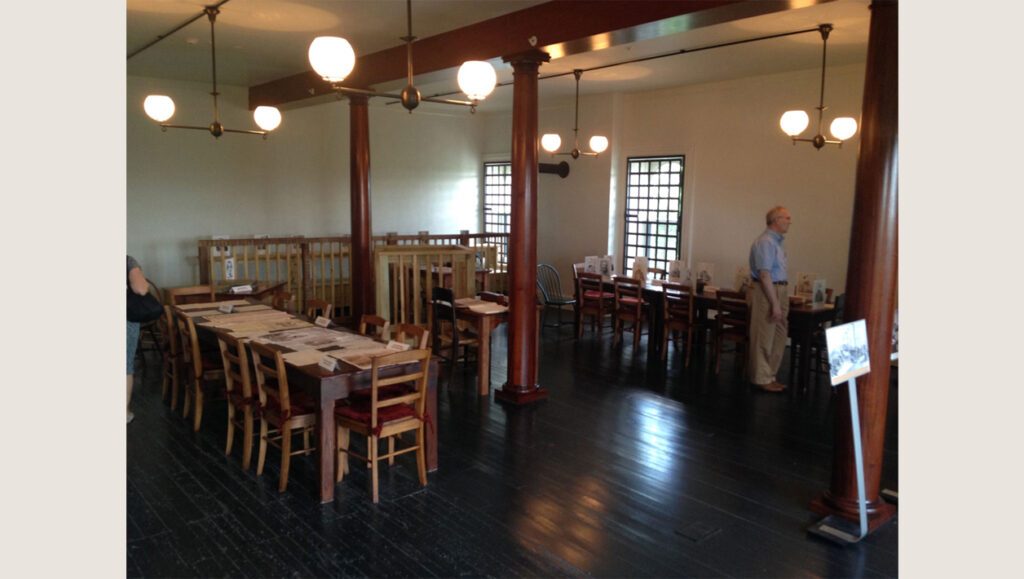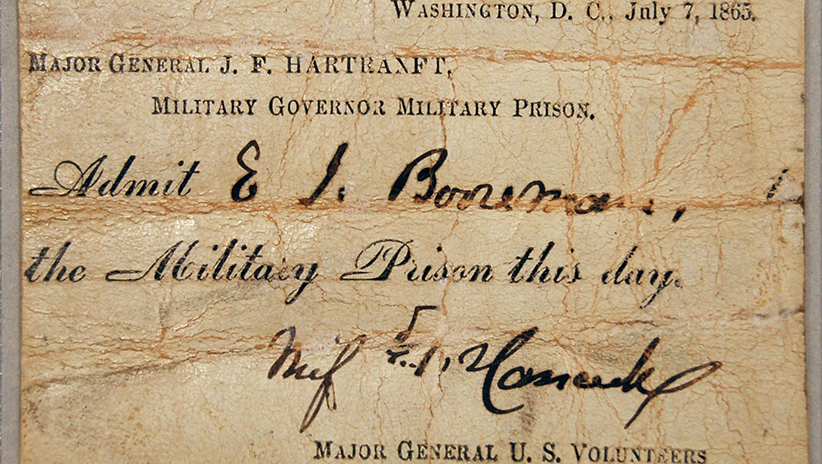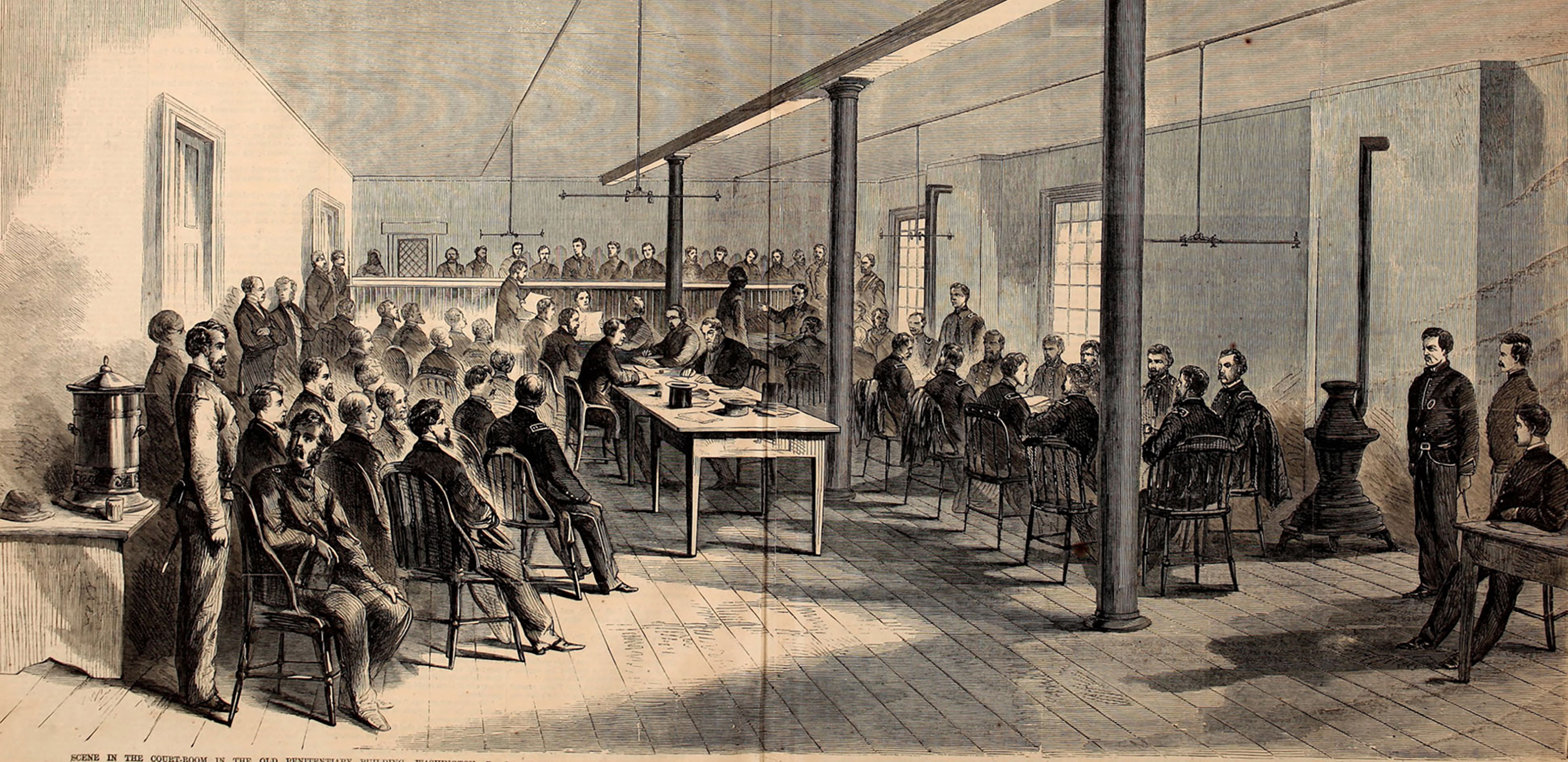
The Trial of the Conspirators
After the Lincoln assassination conspirators were arrested, federal authorities jailed them in Washington. For seven weeks in May and June 1865, the nation’s attention was riveted on the third floor of Washington’s Old Arsenal Penitentiary (now Fort McNair), where John Wilkes Booth’s conspirators were on trial for their lives.
President Andrew Johnson and Secretary of War Edwin M. Stanton insisted on trying the conspirators before a nine-member military commission, where a vote of only five of the nine judges—rather than a unanimous vote like in a civilian trial—was required to establish guilt. Six votes could impose the death penalty.
Why a military trial?
The decision was controversial. Federal authorities argued that because Washington, D.C., was a war zone in April 1865—Confederate troops were still in the field—the assassination was an act of war. Opponents argued that a civilian court would allow for a fairer trial.
While the accused were allowed by attorneys to question the 366 witnesses to their various crimes, the accused were not permitted to speak on their own behalf.
What did those witnesses say? What were the verdicts?
Americans still debate when it is appropriate to use military versus civilian courts for major offenses. What do you think?
Collecting the Evidence: Testimony
Learn from the Witnesses
As you look at each account, consider:
- How does this response align with—or differ from—other responses?
- Who gave the testimony? What might be the person’s reasons for saying what they did?
- When did this person give the testimony? Was it soon after the event? Much later? How might that affect what was said
Mary Surratt
Lewis Powell
David Herold
George Atzerodt
Dr. Samuel Mudd
Edman “Ned” Spangler
Michael O’Laughlen
Samuel Arnold
John Surratt
See the Evidence
Surratt’s Key
This key was used to imprison Mary Surratt at the Old Arsenal Penitentiary.
Military Pass
This pass allowed its holder to visit the Washington Arsenal, where all eight alleged Lincoln assassination conspirators were imprisoned. It was signed by General Winfield Scott Hancock (pictured), who supervised the imprisonment and eventual execution of the conspirators.
Nooses
These lengths of rope are believed to be taken from the nooses around the neck of conspirators Mary Surratt, George Atzerodt, Lewis Powell and David Herold after their execution on July 7, 1865.
Continue Exploring
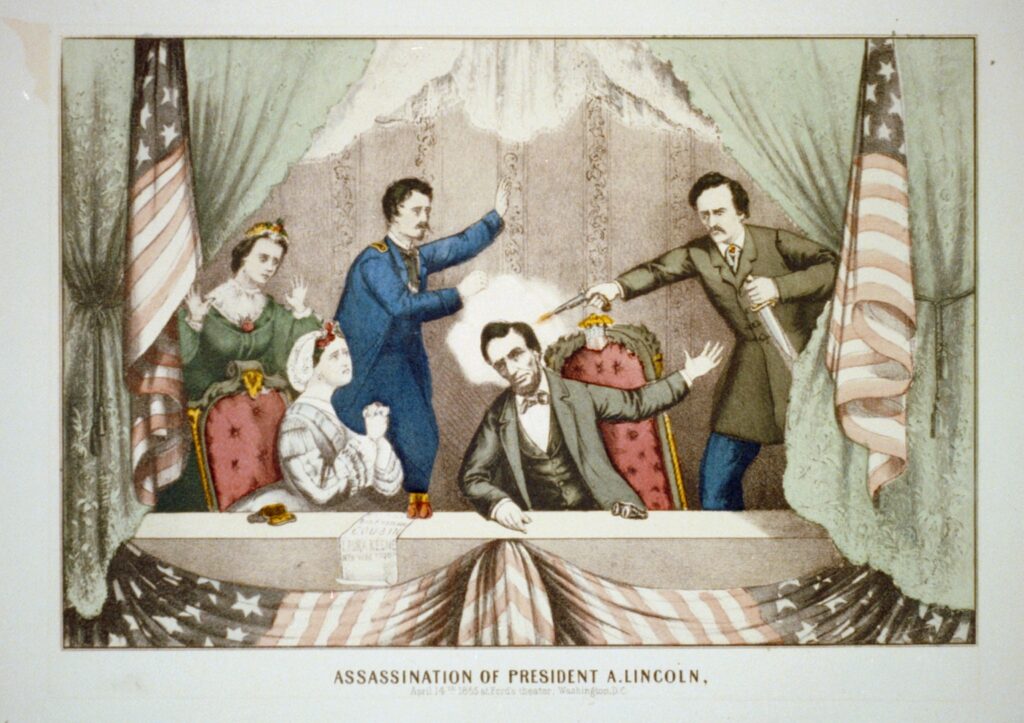
Lincoln’s Assassination
What happened when John Wilkes Booth stepped into Ford’s Theatre?
On the morning of April 14, 1865 (Good Friday), actor John Wilkes Booth learned President Abraham Lincoln would attend a performance of the comedy Our American Cousin that night at Ford’s Theatre—a theatre Booth frequently performed at. He realized his moment had arrived.
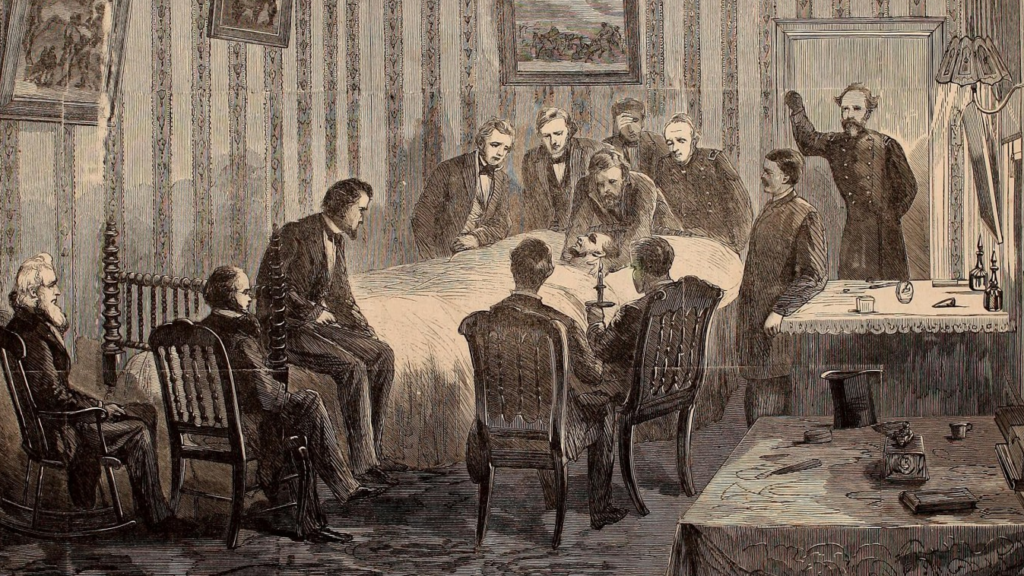
Lincoln’s Death
What happened as Lincoln lay dying in the Petersen House?
At the time, many people felt a theatre was not a proper place for a president to die. Soldiers carried Lincoln down the stairs of the theatre and out onto Tenth Street.

Teaching Lincoln’s Assassination and Legacy
Are you looking to teach the Lincoln assassination? Find lesson plans and other resources here.
We offer ready-to-use history lesson plans focused on how to teach President Abraham Lincoln’s assassination and the Civil War.
Protect Our History
Give to Ford's Theatre and help us share the stories that shaped a nation.
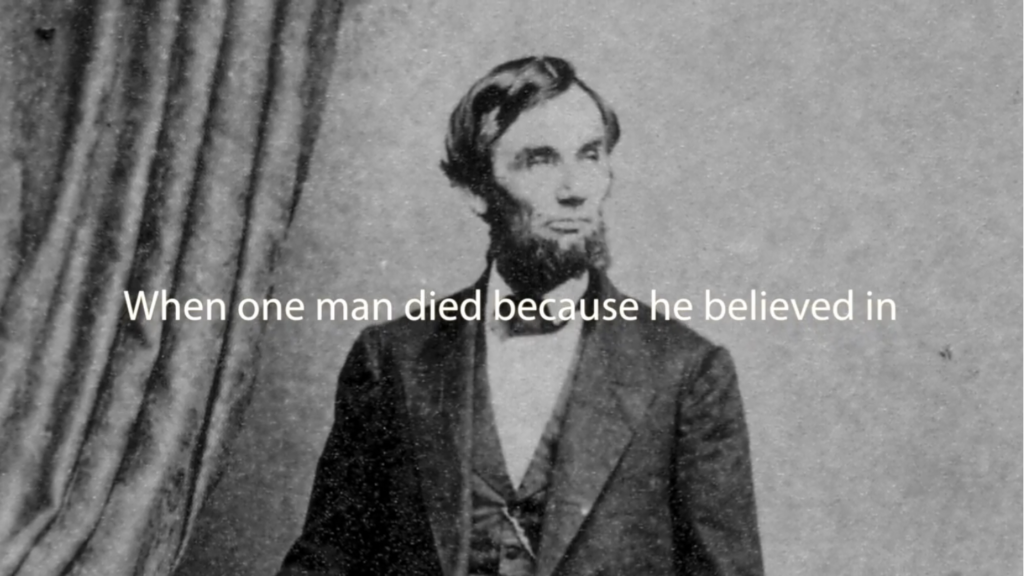
The Conspirators on Trial
President Andrew Johnson ordered a military tribunal for the Lincoln assassination conspirators. Follow their trial.

